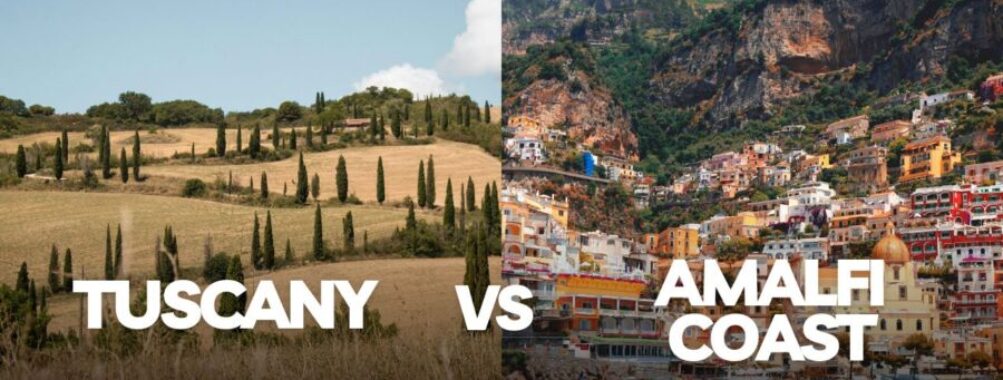
Tuscany vs Amalfi Coast: Which Italian Paradise Steals Your Heart?
Planning an Italian getaway? You might be torn between two iconic destinations: Tuscany and the Amalfi Coast.
Both offer stunning scenery, rich history, and mouthwatering cuisine. However, each region has its unique charm that caters to different travel styles.
Tuscany beckons with rolling hills, medieval towns, and world-class art. Picture yourself sipping wine in a Chianti vineyard or strolling through Florence’s Renaissance masterpieces.
The Amalfi Coast, on the other hand, dazzles with dramatic cliffs, colorful villages, and sparkling blue waters. Imagine lounging on a beach in Positano or taking a boat ride to hidden coves.
Your choice depends on what you’re after. Tuscany offers a slower pace and cultural immersion, while the Amalfi Coast promises seaside glamour and breathtaking views. Both will give you an unforgettable Italian escape, but each in its special way.
Contents
- Geographical Overview and Accessibility
- Tuscany’s Landscape
- The Amalfi Coastline
- Historical Significance and Cultural Highlights
- The Riches of Renaissance Art and History in Tuscany
- Amalfi Coast’s Enduring Legacy
- Culinary Delights: Comparing Tuscan Cuisine and Amalfi Flavors
- Taste of Tuscany: Wine and Dine Amongst Vineyards
- Amalfi Coast Gastronomy: Seafood and Citrus
- Outdoor Activities: A Tale of Two Terrains
- Hiking and Biking in Tuscany’s Rolling Hills
- Coastal Adventures Along the Amalfi
- Accommodations and Local Stays: From Rustic to Luxury
- Agriturismos and Countryside Charm in Tuscany
- Cliffside Hotels and Boutique Stays in Amalfi
- Best Time to Visit: Seasonal Considerations
- Tuscany’s Seasons: Wine Harvests and Renaissance Fairs
- Amalfi’s Prime Times: Festivals and Beach Life
- More Travel Guides
Geographical Overview and Accessibility
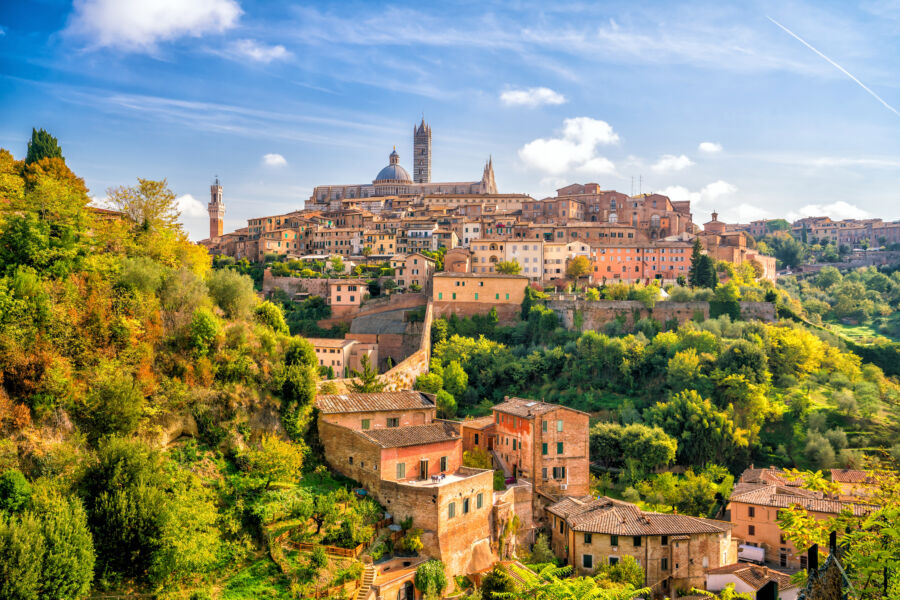
Tuscany and the Amalfi Coast offer starkly different landscapes and travel experiences. From rolling hills to dramatic cliffs, each region has unique charm and challenges for visitors.
Tuscany’s Landscape
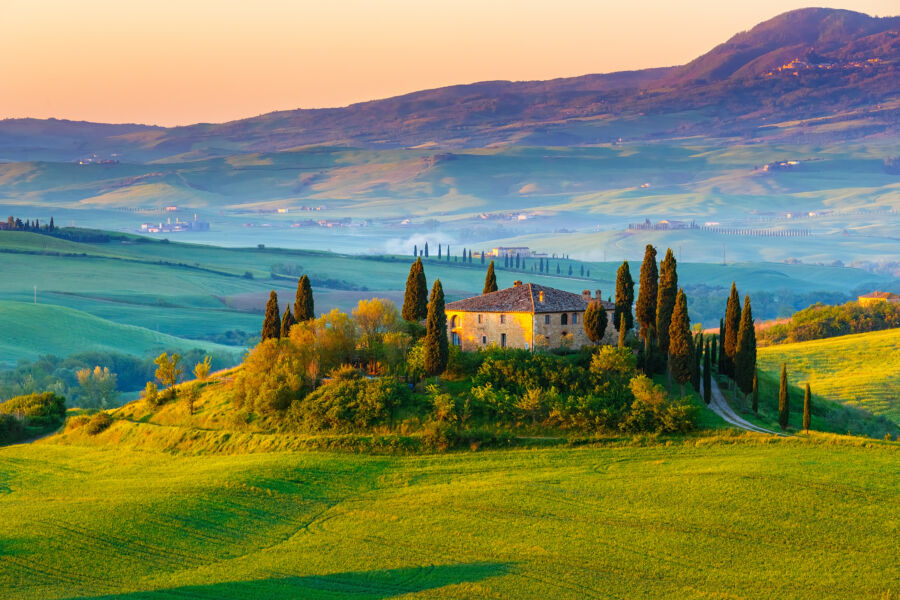
Tuscany covers about 8,900 square miles in central Italy. Its famous rolling hills are dotted with cypress trees, vineyards, and medieval towns. Florence, the region’s capital, sits in a valley surrounded by these hills.
Getting around Tuscany is pretty easy. Most towns are linked by trains and buses. Renting a car gives you more freedom to explore the countryside.
The region has two main airports: Florence and Pisa. Both have good connections to major European cities.
The Amalfi Coastline

The Amalfi Coast stretches along the southern edge of Italy’s Sorrentine Peninsula. It’s a lot smaller than Tuscany, only about 34 miles long.
This area is known for its dramatic cliffs and colorful towns that seem to cling to the rocky shoreline. The coast road offers breathtaking views but can be tricky to drive.
Getting here takes a bit more effort. The nearest airport is Naples. From there, you can take a train to Sorrento, then catch a bus or ferry to the coastal towns.
Buses run along the coast but can get crowded during peak season. Many visitors opt for boat trips to hop between towns and enjoy the stunning views from the sea.
Historical Significance and Cultural Highlights
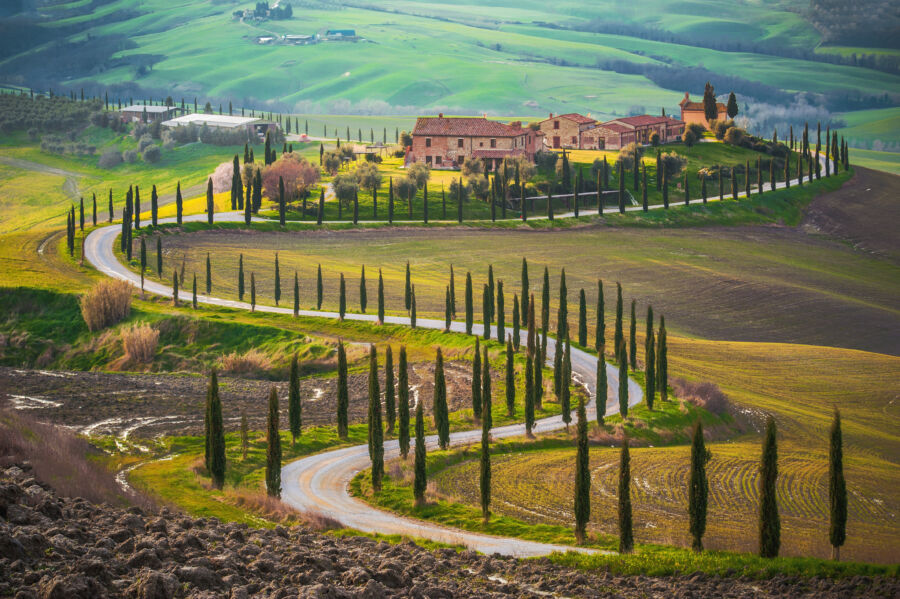
Tuscany and the Amalfi Coast both boast rich histories and impressive cultural legacies. These regions have shaped Italy’s artistic and maritime traditions in unique ways.
The Riches of Renaissance Art and History in Tuscany
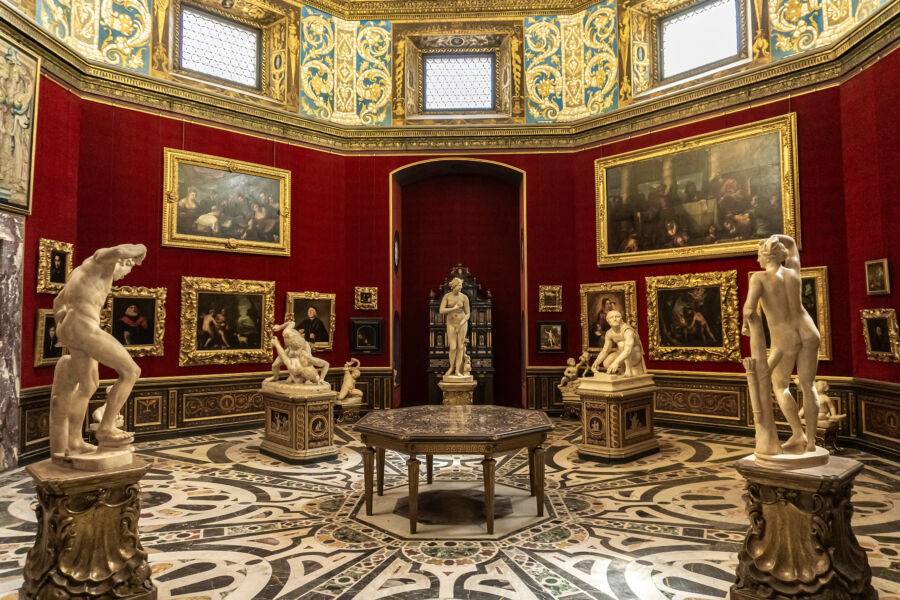
Tuscany’s cultural heritage is truly remarkable. Florence, the region’s capital, was the birthplace of the Renaissance, an artistic revolution that changed the course of Western art and thinking.
The city’s streets are like an open-air museum. You’ll find masterpieces around every corner. The Uffizi Gallery houses works by legendary artists like Botticelli, Leonardo da Vinci, and Michelangelo.
Pisa, famous for its Leaning Tower, was once a powerful maritime republic. Its Campo dei Miracoli (Field of Miracles) is a UNESCO World Heritage Site.
Tuscany’s smaller towns are also treasure troves. San Gimignano’s medieval towers and Siena’s stunning cathedral showcase the region’s architectural wonders.
Amalfi Coast’s Enduring Legacy

The Amalfi Coast’s history is closely tied to the sea. In the 9th century, the Republic of Amalfi became a major maritime power, extending its influence across the Mediterranean.
The coast’s beauty has drawn visitors for centuries. Ancient Romans built luxurious villas here. Later, it became a favorite spot for artists and writers seeking inspiration.
Amalfi Cathedral, with its striking Arab-Norman architecture, is a must-see. Its bronze doors date back to the 11th century.
Nearby, the ruins of Pompeii and Herculaneum offer a glimpse into ancient Roman life. These cities, frozen in time by Mount Vesuvius’s eruption, are fascinating to explore.
See Related: Top Italy Travel Videos You Need to See
Culinary Delights: Comparing Tuscan Cuisine and Amalfi Flavors
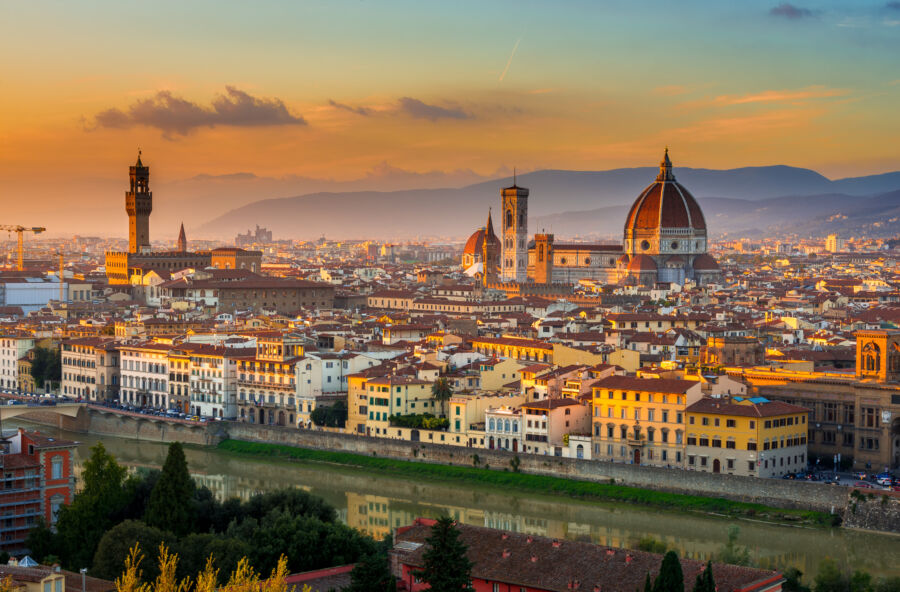
Italy’s food scene is a treat for the senses. Tuscany and the Amalfi Coast each offer unique flavors that reflect their landscapes and traditions. Let’s dig into the tasty treats in these two amazing places.
Taste of Tuscany: Wine and Dine Amongst Vineyards
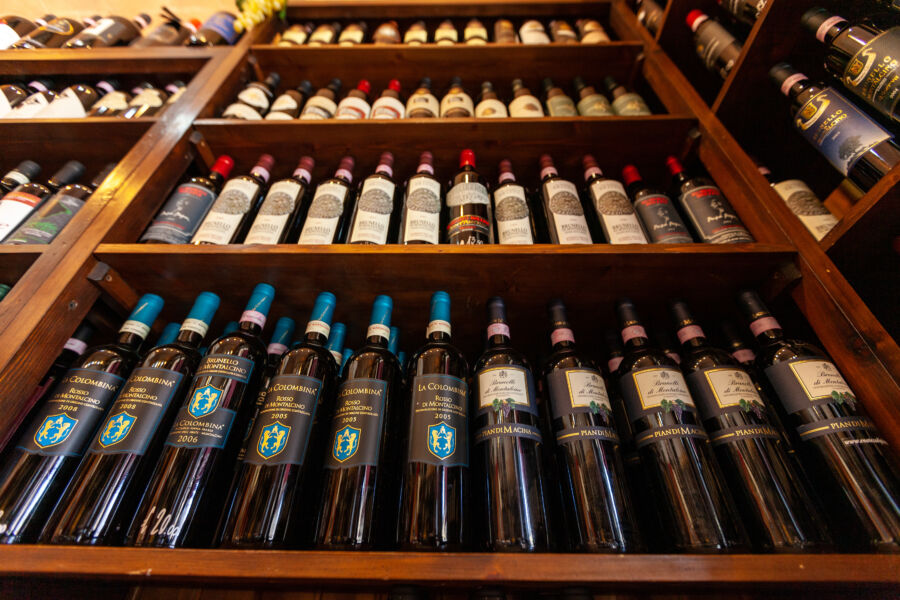
Tuscany’s food is all about simple, fresh ingredients. Hearty soups like ribollita, packed with veggies and bread, are another local favorite. Pappa al Pomodoro is another tomato soup that’ll warm you right up.
But the real star of Tuscan cuisine? The wine, of course! Sip on a glass of Chianti or Brunello di Montalcino as you gaze at rolling hills covered in grape vines. San Gimignano is famous for its white wine, Vernaccia. It’s crisp and perfect with seafood.
Don’t forget to try some Vin Santo for dessert. This sweet wine is great for dipping biscotti. Tuscany’s got tons of cooking classes and wine tastings, so you can learn all about the local flavors.
Amalfi Coast Gastronomy: Seafood and Citrus

The Amalfi Coast’s food is all about fresh seafood and zesty lemons. You can’t leave without trying spaghetti alle vongole – it’s pasta with clams, and it’s to die for. The local catch of the day is always a good bet, usually grilled with just a splash of lemon.
Speaking of lemons, they’re everywhere on the Amalfi Coast! Try some limoncello, a sweet lemon liqueur that’s perfect after dinner. Vietri sul Mare is known for its ceramics, but it has great food markets where you can sample local specialties.
The Mediterranean diet is big here, so expect lots of fresh veggies, olive oil, and fish. And don’t worry – there’s plenty of wine to go around, even if it’s not as famous as Tuscany’s.
Outdoor Activities: A Tale of Two Terrains

Tuscany and the Amalfi Coast offer breathtaking landscapes for outdoor enthusiasts. Each region boasts a unique terrain that shapes its activities and adventures.
Hiking and Biking in Tuscany’s Rolling Hills

Tuscany’s gentle slopes and winding paths make it a paradise for hikers and cyclists. The Val d’Orcia, a UNESCO World Heritage site, is a must-visit for its picturesque trails. Visitors can pedal through vineyards, olive groves, and medieval towns.
Siena serves as a great starting point for many routes. The city’s outskirts offer easy trails for beginners, while more challenging paths await seasoned trekkers. Bike rentals are easy to find, and guided tours can enhance the experience.
Don’t miss the chance to explore the Chianti region on two wheels. The roads between hillside villages provide stunning views and opportunities to sample local wines.
Coastal Adventures Along the Amalfi
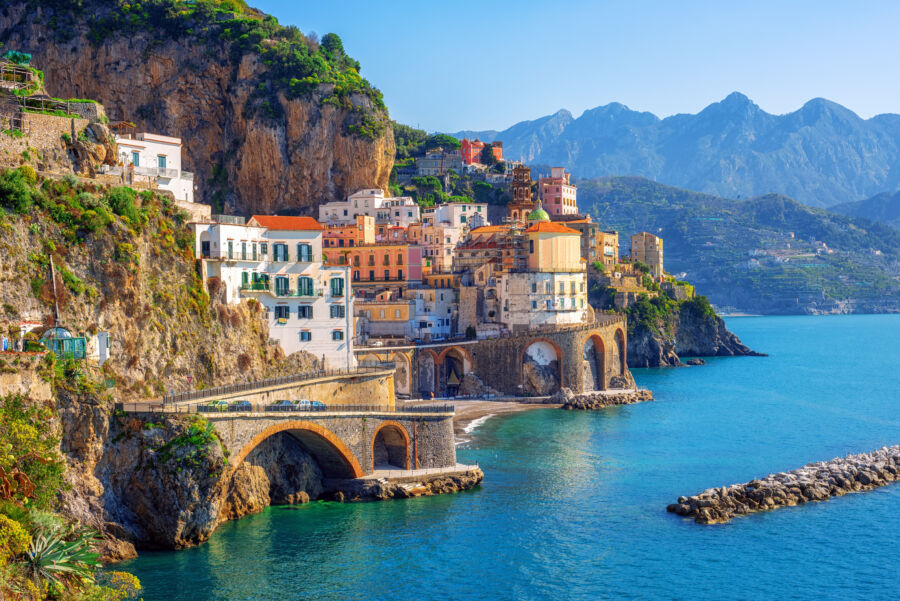
The Amalfi Coast’s dramatic cliffs and azure waters set the stage for thrilling outdoor pursuits. The Path of the Gods, a famous hiking trail, offers jaw-dropping coastline views. It’s a moderate hike that connects the towns of Agerola and Positano.
Boat tours are a must for water lovers. Visitors can book excursions to explore hidden coves and grottoes. Capri’s Blue Grotto is a popular stop known for its mesmerizing blue light.
Snorkeling spots abound along the coast. Erchie Beach and Duoglio Beach offer clear waters teeming with marine life. For a more relaxed day, Maiori and Minori beaches provide stretches of sand that are perfect for sunbathing and swimming.
Ravello, perched high above the coast, offers panoramic hiking trails with sweeping sea views. It’s a great spot for those seeking a mix of culture and nature.
See Related: Surprising “European” Towns in Texas That Feel Like a Continental Escape
Accommodations and Local Stays: From Rustic to Luxury
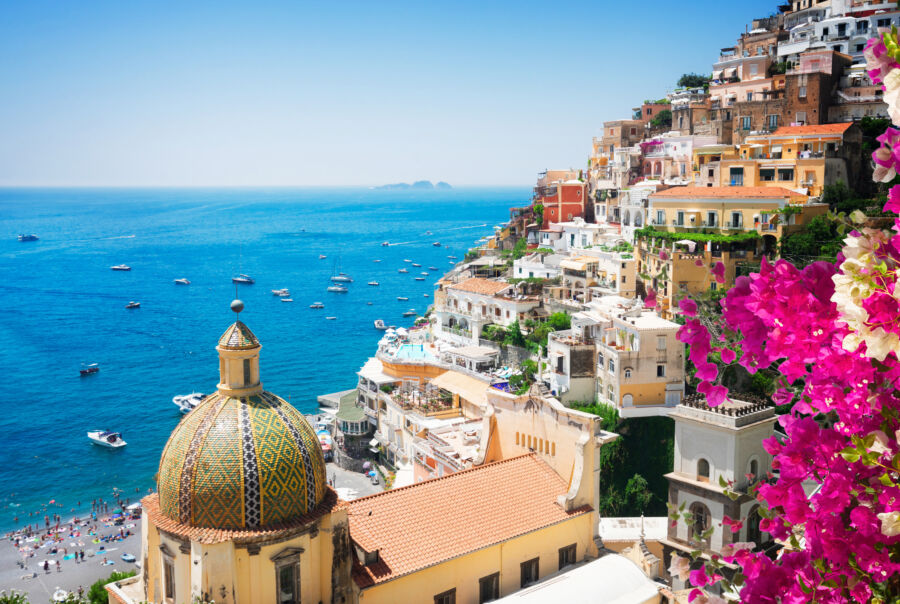
Tuscany and the Amalfi Coast offer a range of unique lodging options that capture the essence of each region. From countryside villas to seaside retreats, visitors can immerse themselves in local culture and stunning surroundings.
Agriturismos and Countryside Charm in Tuscany
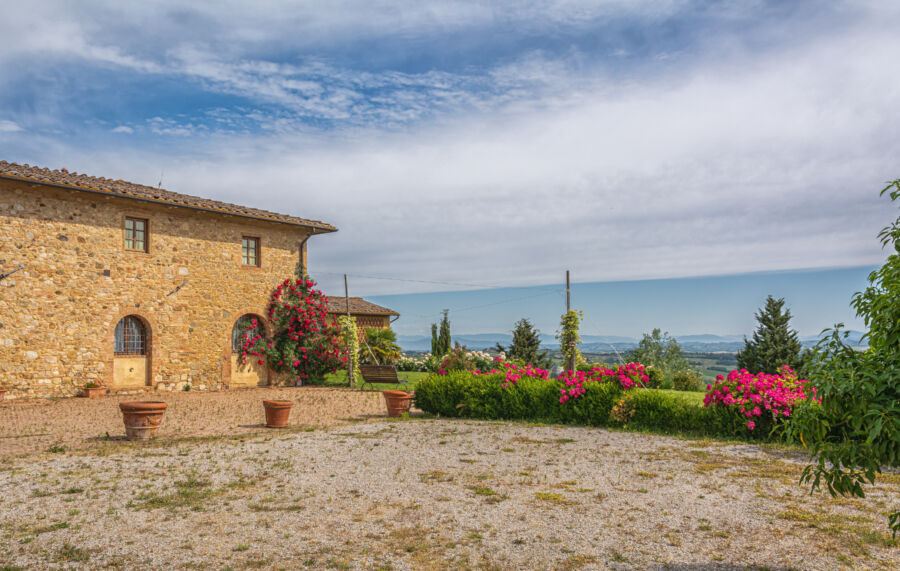
Tuscany’s rolling hills are dotted with charming agriturismos – working farms that welcome guests. These rustic yet comfortable stays let visitors experience rural Italian life up close. Wake up to roosters crowing and help harvest olives or grapes.
Many agriturismos offer cooking classes using fresh ingredients from the farm. Learn to make pasta from scratch or press your olive oil. Enjoy home-cooked Tuscan meals paired with local wines under the stars at night.
For a more luxurious countryside experience, restored villas and castles offer 5-star amenities. Sip Chianti by the pool overlooking vineyards, or pamper yourself with spa treatments. Some even have their wineries on-site.
Cliffside Hotels and Boutique Stays in Amalfi
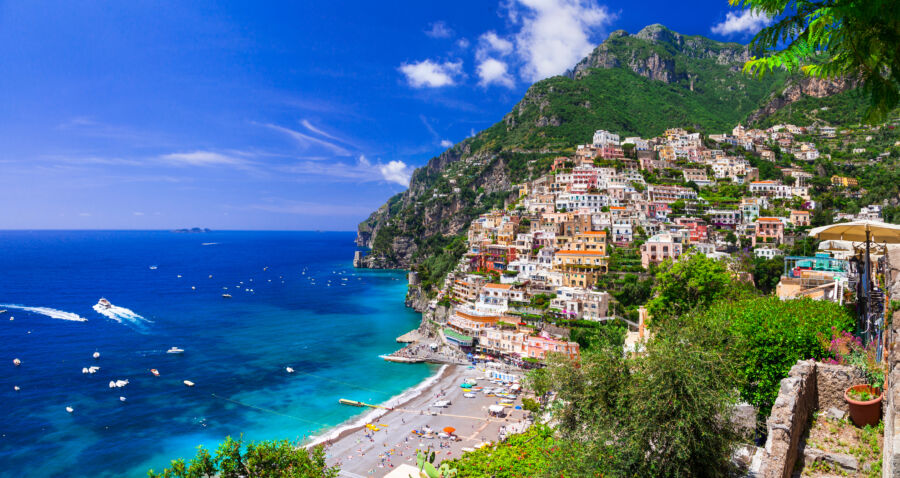
The Amalfi Coast is known for its jaw-dropping cliffside hotels with panoramic sea views. Wake up to the sound of waves crashing below your balcony. Many hotels are converted from old villas, blending historic charm with modern luxury.
Positano and Ravello boast some of the coast’s most exclusive properties. Think infinity pools seemingly suspended over the Mediterranean and Michelin-starred restaurants.
Book a suite at Villa Cimbrone in Ravello for a truly indulgent stay. Its “Terrace of Infinity” offers one of the most famous views in Italy.
Budget-conscious travelers can find charming B&Bs and guesthouses in the smaller towns along the coast. These family-run spots often provide a more authentic local experience.
See Related: What to Pack for Italy: Essential Gear for Your Dream Mediterranean Getaway
Best Time to Visit: Seasonal Considerations

Italy’s weather and events change with the seasons, affecting your trip to Tuscany or the Amalfi Coast. Each region offers unique experiences throughout the year, from wine harvests to beach days.
Tuscany’s Seasons: Wine Harvests and Renaissance Fairs
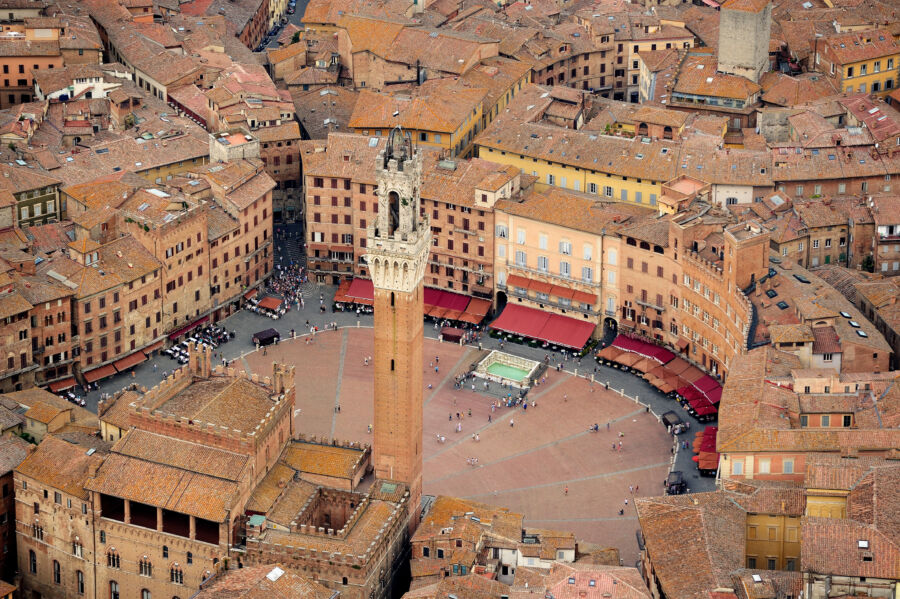
Spring in Tuscany brings mild weather and blooming flowers. It’s perfect for exploring hill towns without summer crowds. Chianti vineyards come alive with new growth.
Tuscany is busiest in summer. The famous Palio horse race in Siena draws huge crowds in July and August. It’s hot, but great for sipping Vernaccia di San Gimignano in outdoor cafes.
Fall is harvest time. Wineries buzz with activity as Brunello di Montalcino grapes are picked. Food festivals celebrate new olive oil and hearty dishes. The weather cools, making it ideal for countryside walks.
Winter is quiet and chilly. Some small towns might seem sleepy, but cities like Florence offer cozy spots to enjoy Vin Santo dessert wine. Holiday markets and events add cheer.
Amalfi’s Prime Times: Festivals and Beach Life

In spring, the Amalfi Coast sees fewer tourists and blooming lemon groves. It’s a great time to hike the coastal paths and enjoy Ravello’s gardens.
Summer is peak season. Beaches in Positano and Maiori are packed. People also take popular boat trips to Capri. Nightlife heats up, and outdoor concerts fill the evenings. It’s hot and crowded, but the energy is unbeatable.
Fall has warm days and cool nights. The sea is still nice for swimming, and seafood festivals pop up in coastal towns. It’s a good time to try Limoncello tastings without summer crowds.
Winter is quiet on the Amalfi Coast. Many hotels and restaurants close. But those that stay open offer a peaceful retreat. Christmas lights in Amalfi town create a magical atmosphere.
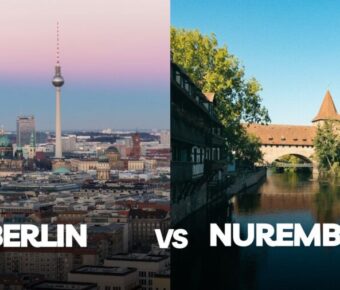
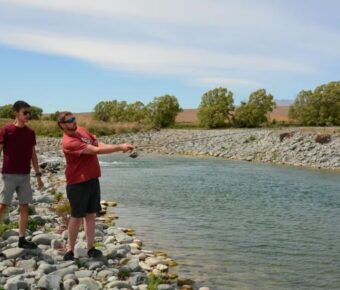

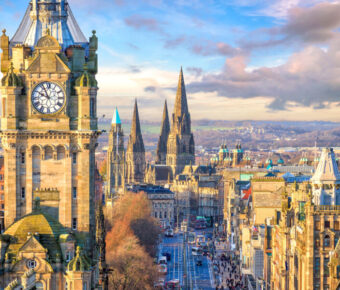
Elara
Has anyone hiked between the hilltop towns in Tuscany? I’m trying to decide between spending 10 days exploring Tuscany’s countryside vs the dramatic Amalfi Coast for my upcoming trip this September. Love the idea of those rolling hills and medieval villages, but those coastal views along the Amalfi are seriously calling my name too! Been pouring over photos of both and can’t make up my mind. The wine tasting and laid-back vibe of Tuscany sounds amazing, but I’m also a sucker for dramatic coastal scenery and beaches. For those who’ve done both – which region did you find had better food? And did you feel like you needed a car in either place? Would love to hear about your experiences and any must-see spots I shouldn’t miss in either region!